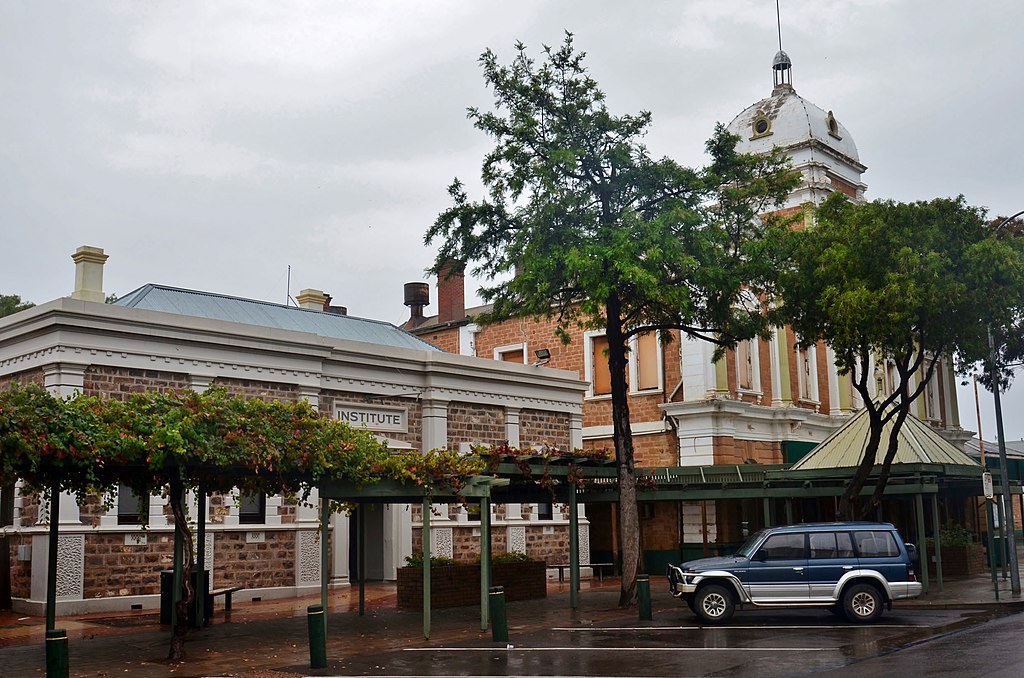
Australian geothermal developer Earths Energy (EE1) has provided updates on their South Australian projects following a review conducted both internally and by geothermal consultancy JRG Energy (JRG). The review highlights the potential of EE1’s project portfolio for commercial electricity production, and the projects’ significance not just by Australian geothermal project standards, but also for global development potential.
Based on comparison with analogous projects in the US, EE1 can readily begin to assess the feasibility of 40 to 80 MWe of geothermal electricity generation from its assets in South Australia. Moreover, legislation in South Australia presents the opportunity of developing projects for Captured Carbon Storage. The coverage of the power grid between Port Augusta and Olympic Dam further makes development of the geothermal assets more attractive.
Evaluation of geothermal assets
EE1 has two new projects areas in South Australia:
Paralana (300 km NE of Port Augusta)
Flinders West (Beginning 45 km NW of Port August to Olympic Dam)
The Paralana asset is the site of the Paralana 2 geothermal well. Drilled in 2009, the well reached a depth of 3672 meters and had a measured temperature of 176 °C. Hydraulic stimulation of the Paralana 2 well was done in 2011, resulting in improved injectivity.
Unlike the recent successful EGS projects in Nevada, Paralana 2 was drilled vertically and stimulated conventionally. There is potential to increase the production rates significantly using a horizontal well pair development concept similar to that pioneered in Nevada.
The Flinders West project covers several Geothermal Exploration Licenses (GEL) that have been surveyed and drilled in the past. The Blance 1 well, drilled by Green Rock in 2005, reached a depth of 1934 meters and had a maximum downhole temperature of 85.3 °C, and thus a geothermal gradient of 43 °C per kilometer. The extrapolated depth to 150 °C is ~3.5 kilometers suggesting some potential for an engineered geothermal system. Moreover, exploration in other GELs reported geothermal gradients between 30 °C and 40 °C.
Flinders West shows early signs of suitability for other Next Generation Geothermal Power production innovations beyond EGS and AGS. The Company is also assessing the suitability of new plant and systems designs such as supercritical carbon dioxide (sCO2) systems that utilize liquid CO2 instead of H2O as the fluid circulating in the geothermal reservoir to excavate heat. These designs are in early development but are being progressed and developed by multiple highly reputable engineering firms around the globe.
Further steps
EE1 will now seek refine the power density modeling of the Paralana site with a view towards implementation of a new generation EGS project. The company will also assess the feasibility of further drilling at Paralana 2 in the context of further EGS development.
For Flinders West, EE1 will be identifying an appropriate subsurface exploration team for CCS and geothermal development and will further techno-economic studies on the application of new technologies such as Next Generation Geothermal Power Production. There will also be further discussions on grid access and grid services along the Flinders West Corridor.
For both projects, EE1 will be exploring opportunities for joint ventures.